Palau Episcopal
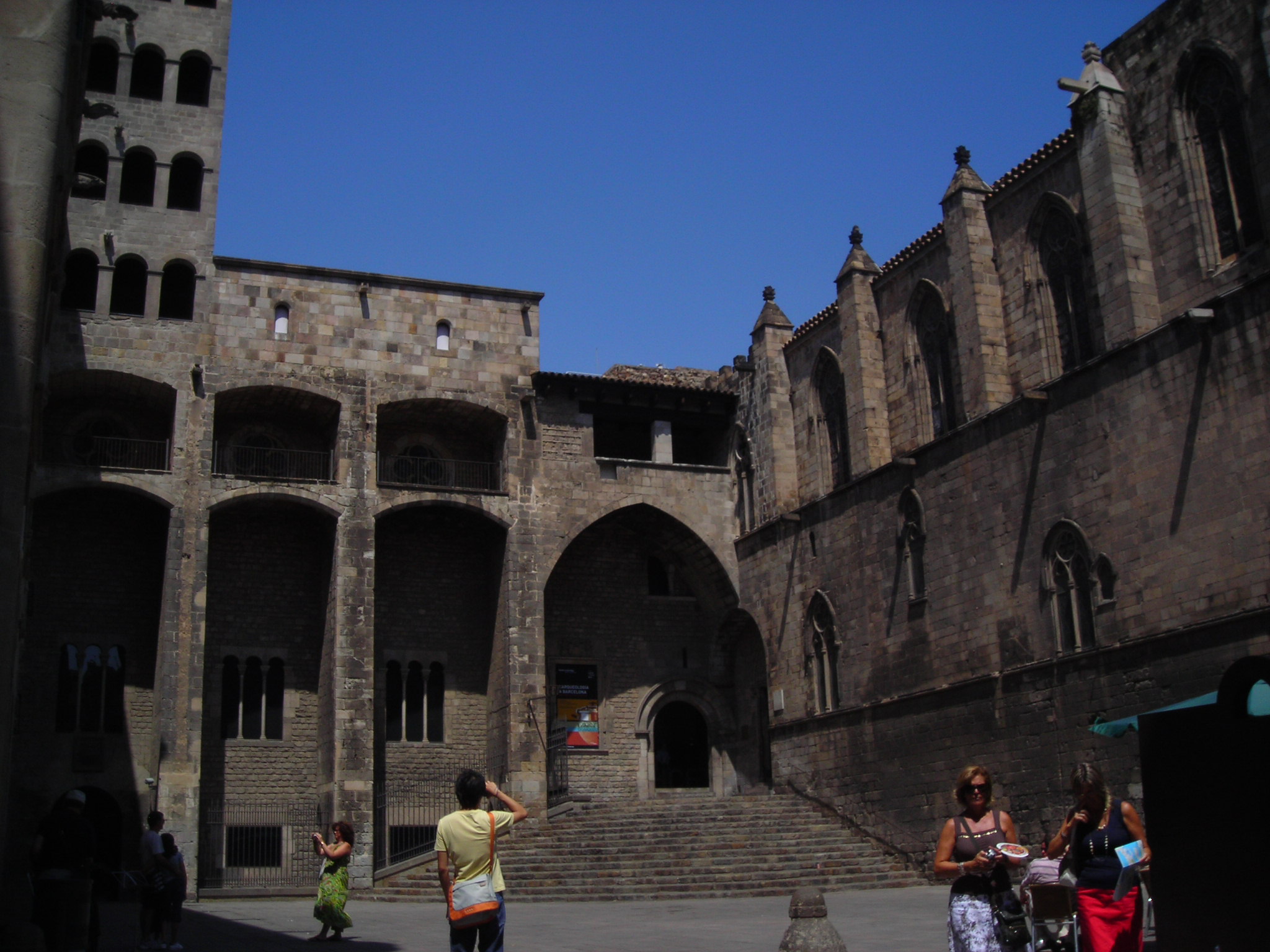
Barcellona, Palau Episcopal
no images were found

Barcellona, Palau Episcopal
no images were found
Alla redazione di VICINA abbiamo ricevuto un’email inoltrata da Daniele Cologna inerente alle recenti questione del latte contaminato; nell’editoriale di Chabuduo riportiamo allora quest’email interessante, per noi un nuovo ed ulteriore spunto di riflessione sul “comportamento” dei media verso le questioni cinesi e le problematiche in cui viene direttamente o indirettamente coinvolta la Cina.
L’allarmismo che si viene a creare ogni volta che un Cinese o una piccola realtà cinese, nell’immenso contesto plurimiliardario cinese, si azzarda a compiere qualcosa di “terribile” è ridicolo, e mentre è ovvio essere concordi con tutte quelle proposte ed iniziative che mirano e muovono alla chiarezza di certe situazioni non chiare, illegali e fraudolente, nonchè nocive, personalmente non ritengo minimamente giusto e credibile l’allarmismo globale che viene allargato a macchia dolio verso tutto ciò che è Cina o cinese.
Assomiglia molto alle marce “per la pace” a cui da ragazzetto partecipavo a Livorno,,,marce per la pace che inevitabilmente finivano con cori auguranti la morte agli americani…, oppure alle manifestazioni, sempre pacifiste, di fronte Camp Derby sull’Aurelia tra Livorno e Pisa, in cui si proponeva la chiusura della base logistica americana…una base che tra le altre malefatte, offre lavoro a 1/2 Livorno e 1/2 Pisa; leggi tutto su Chabuduo
« La globalizzazione non è un fenomeno naturale,
ma un fenomeno politico
(Due ore di lucidità, Conversazioni con Noam Chomsky)
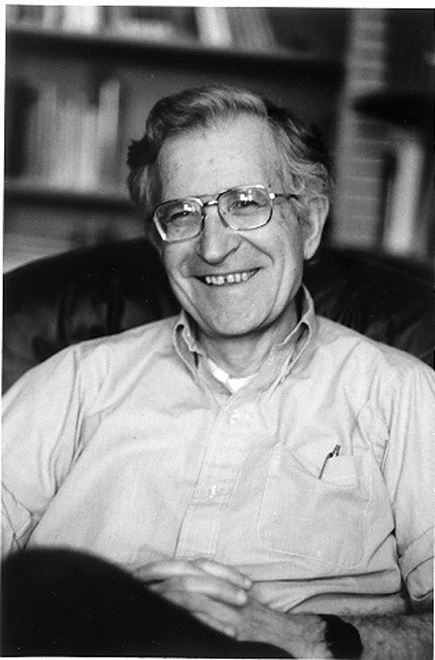 La critica al fenomeno della globalizzazione è un argomento arcinoto, diffusosi capillarmente nelle nostre vite, e dunque diffusosi anche nella mia, che mi coinvolge profondamente, poichè l’idea che vi sia un lento ed inarrestabile moto di “conversione” ad un concetto di “globale” comunemente identificato come giusto e corretto ed a cui tendere mi spaventa di brutto, e mi rende sospettoso verso chiunque e qualunque cosa mi circondi e si propagandi direttamente ed indirettamente come fonte giusta di informazione! Specialmente se essa diviene publicizzata, specialmente se questa fonte mediatica parla, agisce, palesa, dichiara, premia, punisce, ecc…
La critica al fenomeno della globalizzazione è un argomento arcinoto, diffusosi capillarmente nelle nostre vite, e dunque diffusosi anche nella mia, che mi coinvolge profondamente, poichè l’idea che vi sia un lento ed inarrestabile moto di “conversione” ad un concetto di “globale” comunemente identificato come giusto e corretto ed a cui tendere mi spaventa di brutto, e mi rende sospettoso verso chiunque e qualunque cosa mi circondi e si propagandi direttamente ed indirettamente come fonte giusta di informazione! Specialmente se essa diviene publicizzata, specialmente se questa fonte mediatica parla, agisce, palesa, dichiara, premia, punisce, ecc…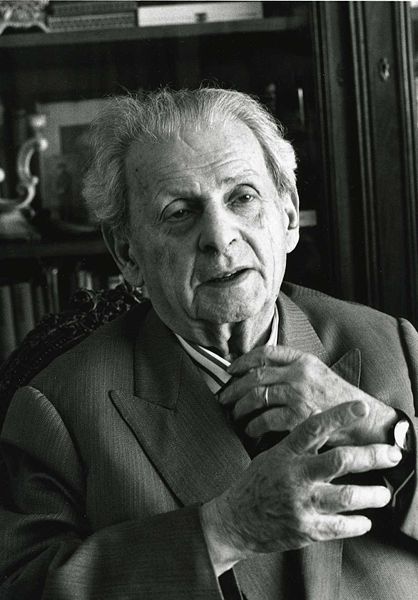 Allora le o la fonte primaria che fissa le stesse priorità delle informazioni che comunemente SI accettano, e dei comportamenti che comunemente SI tengono, non sono altro che l’impersonificazione mediatica di quello che sono, nel mondo economico della globalizzazione, le grandi società commerciali a redditività molto alta, che realizzano il tutto con un puntuale pilotaggio delle informazioni diffuse dai mass media verso i telespettatori, codificando i propri interessi in verità che comunemente SI accettano, trasmettendo informazioni a cui tutti gli altri media minori debbono fare eco per poter compartecipare alla mensa della fonte primaria, cibandosi delle sue briciole.
Allora le o la fonte primaria che fissa le stesse priorità delle informazioni che comunemente SI accettano, e dei comportamenti che comunemente SI tengono, non sono altro che l’impersonificazione mediatica di quello che sono, nel mondo economico della globalizzazione, le grandi società commerciali a redditività molto alta, che realizzano il tutto con un puntuale pilotaggio delle informazioni diffuse dai mass media verso i telespettatori, codificando i propri interessi in verità che comunemente SI accettano, trasmettendo informazioni a cui tutti gli altri media minori debbono fare eco per poter compartecipare alla mensa della fonte primaria, cibandosi delle sue briciole. Some Beijing 2008 Olympics Wushu competition movies retrived from wushunorway.com.
Some Beijing 2008 Olympics Wushu competition movies retrived from wushunorway.com.
I’m asking to myself about FiWUK silence of Xu Huihui silver medal in Daoshu and Gunshu competition…
This TEI – Xml page is dedicated to Iconography and decorations study in my work dedicated to Leabhar Cheanannais.
As first I mean to introduce some decoration motifs of Kells and its artistic background to identify patterns, motifs, styles, influences and inspiration: ornaments repertoire employed in Leabhar Cheanannais had long been in development in manuscript art and applied crafts.

Circle decored from folio 33 rectum

Disc with spiral motifs, engraved disc from Donore, Meath country
Leabhar Cheanannais study are going to be update often and many corrections in TEI encoding will birth as soon as I can. Next step will be encoding of a full text page with capitals miniates as experiment of complex TEI encoding implementation.
Process of capitals letters encoding with entity declaration could be as complex as Dongba pictograms encoding by entities declaration in TEI header.
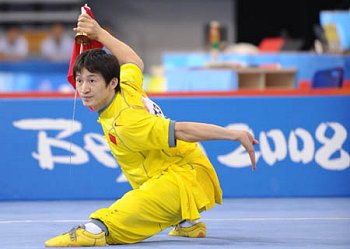 First pics available of Wushu competition in Beijing 2008 Olympics! This image was retrived and resized from xinhuanet.com
First pics available of Wushu competition in Beijing 2008 Olympics! This image was retrived and resized from xinhuanet.com
Here some Taolu results retrived from results.beijing2008.cn
Men’s Daoshu & Gunshu Combined (THU 21 AUG 2008 – Evening): ZHAO Qingjian – CHN – GOLD; JIA Rui – MAC – SILVER; CHENG Chung Hang – HKC – BRONZE.
Women’s Changquan (THU 21 AUG 2008 – Evening): TARASOVA Daria – RUS – GOLD; XI Cheng Qing – MAC – SILVER; SUSY Ana – INA – BRONZE.
Men’s Changquan (FRI 22 AUG 2008 – Morning): YUAN Xiaochao – CHN – GOLD; UDELOV Semen – RUS – SILVER; PEYGHAMBARI Eshan – IRI – BRONZE.
Women’s Jianshu & Qiangshu Combined (FRI 22 AUG 2008 Morning): MA Lingjuan – CHN – GOLD; HAN Jing – MAC – SILVER; NGYUYEN Mai Phuong – VIE – BRONZE.
Women’s Nanquan & Nandao Combined (FRI 22 AUG 2008 Morning): LIN Fan – CHN – GOLD; KOJIMA Erika – JPN – SILVER; BONG Siong Lin Diana – MAS – BRONZE.
Women’s Taijiquan & Taijijian Combined (SAT 23 AUG 2008 Morning): CUI Wenjuan- CHN – GOLD; CHAI Fong Ying – MAS – SILVER; MIYAOKA Ai – JPN – Bronze.
Men’s Jianshu & Qiangshu Combined (SAT 23 AUG 2008 Evening): LIU Yang – HKG – GOLD; LIM Yew Fai – MAS – SILVER; NGUYEN Huy Thanh – VIE – BRONZE.
Women’s Daoshu & Gunshu Combined (SAT 23 AUG 2008 Evening): GENG Xiao Ling – HKG – GOLD; XU Hui Hui – ITA – SILVER; CHAI Fong Wei – MAS – BRONZE.
Men’s Taijiquan & Taijijian Combined (SAT 23 AUG 2008 Evening): WU Yanan – CHN – Gold; HEI Zhi Hong – HKG – SILVER; SHIMODA Yoshiro – JPN – BRONZE.
Italy scored in individual competition 0 medals for men, 1 silver medal for women (XU Hui Hui) and reach 8th place in official Wushu Taolu medal standing, as retrived on 23rd August 2008. Italian scored no medals in Sandshou/Sanda…for sanshou results please visit results.beijing2008.cn
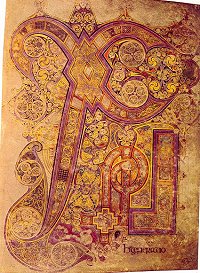
Session dedicated to Leabhar Cheanannais, VIII century evangelarium; here to skip to Leabhar main page. My focus is study, encoding and digital facsimile reproduction of one of the most important and beauty evangelarium of the whole world. Because of complexity and dimension of Leabhar Cheanannais, work will take long long time, but…man man lai!.
Leabhar Cheanannais, best known as “Book of Kells“, name derived by Kells Abbey (Mainistir Cheanannais in Irish) where it was conserved for centuries, is an illuminated manuscript, illustred and is a masterwork of Western calligraphy and is the finest example from a group of manuscripts in what is known as the Insular style produced from the late 6th through the early 9th centuries in monasteries in Ireland, Scotland and England and in continental monasteries with Irish or English foundations.
Both because of extraordinary technique of realization and exceptional beauty could be consider as one of the most important middleage art work and it would be also widely regarded as Ireland’s finest national treasure.
Today it is on permanent display at the library of Trinity College in Dublin, catagoed as MS A. I. 58.
Leabhar Cheanannais illustrations and decorations overcome in numbers, beauty, complexity, peculiarity and richness any other Insular Evangelarium, and Kells illustration style combines traditional Christian iconography with the ornate swirling motifs typical of Insular art. Figures of humans, animals and mythical beasts together with intricate knotwork and interlacing patterns in vibrant colours enliven the manuscript’s pages, morevoer many of these minor decorative elements are imbued with Christian symbolism and so further emphasize the themes of the major illustrations.
Book of Kells is composed by 340 vellum leaves or folios, most of them part of wider larger vellum sheets called bifolio: bifolia are bended in half to constitute 2 folios, then each bifolio are nested inside of each other (from 2 to 6 bifolia) bound sewn together constituting a quire; some folios are single sheets, as is frequently the case with the important decorated pages. The folios had lines drawn for the text, sometimes on both sides, after the bifolios were folded. Prick marks and guide lines can still be seen on some pages, and the vellum is of high quality, although the folios have an uneven thickness, with some being close to leather while others are so thin as to be almost translucent.
Codex current dimension are 330 by 250 mm., but scholars argued that originally folios were of no standard size, but they were cropped to the current size during an 18th century rebinding.
Kells manuscript is in good condition considering its great age, though many pages have suffered some damage to the delicate artwork due to rubbing. This book must have been the product of a major scriptorium over several years yet was apparently never finished, the projected decoration of some of the pages appearing only in outline.
Scholars hypothesize that some 30 folios of the original manuscript have been lost over the centuries: in exemple Ussher counted 344 folios in 1621, but several leaves had already been lost by then, while the overall estimate is based on gaps in the text and the absence of certain key illustrations.
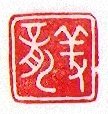
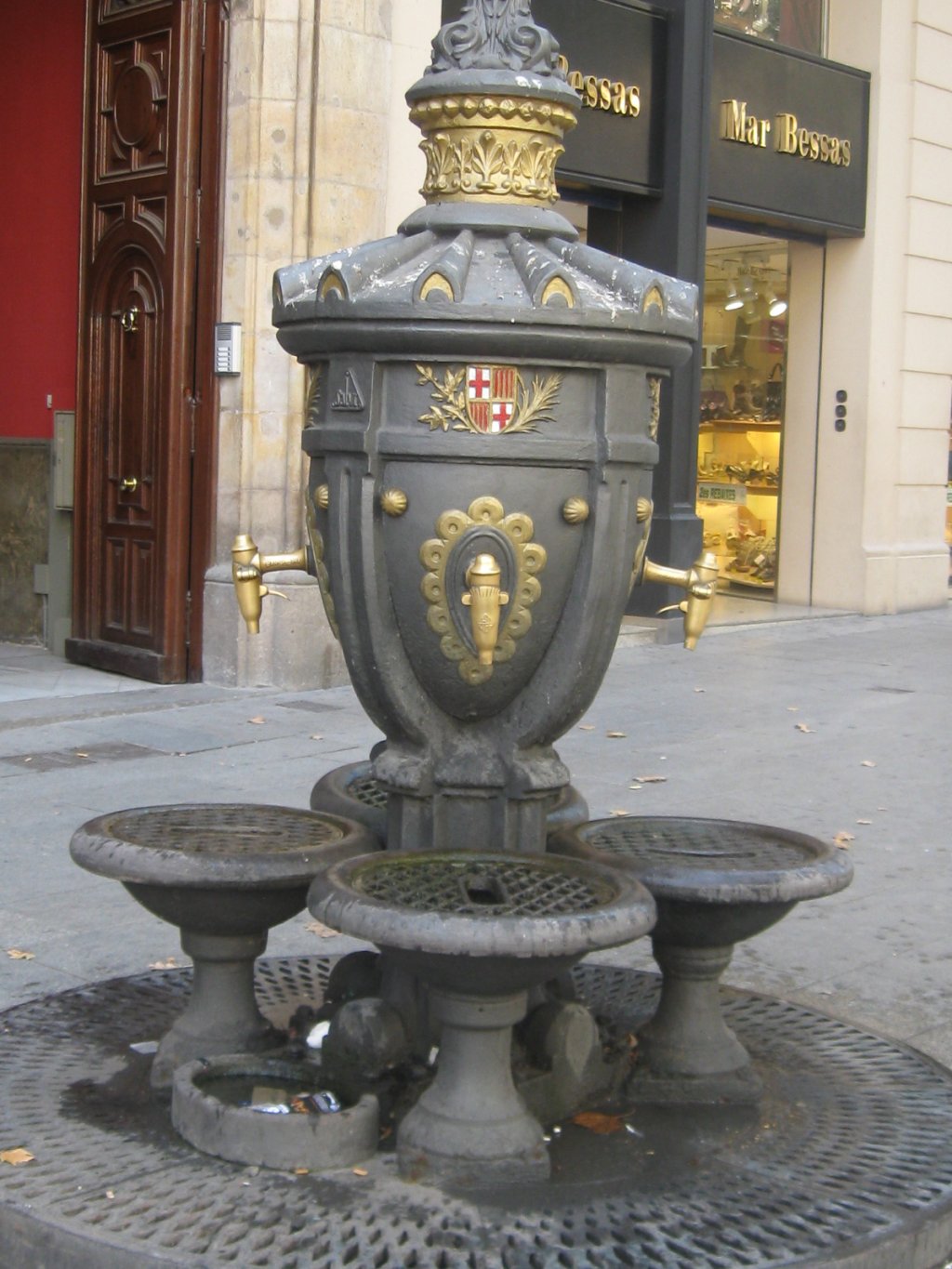
Il quartiere di Barri Gòtic, delimitato a sud ovest dalla Rambla, era il cuore dell’antica città di Barcellona.
La città medioevale venne costruita attorno al nucleo urbano di epoca Romana, e Barcellona con il passare dei secoli si è espansa a nord, sud ed ovest, mentre ad est era delimitata dal mare.
Barri Gòtic è un intrico affollato di stradine, strette e tortuose, interrotte improvvisamente da piazzette che appaiono come dal nulla, oggi è caratterizzato da una rete fittissima di attività turistiche, come alberghetti, bar, caffè, ristorantini e piccoli negozi.
Gli edifici più recenti del Barri Gòtic risalgono ai primi del ‘400, un periodo di crisi per Barcellona, che precipitò in una fase di declino, che limitò la realizzazione dei progetti edilizi per molti anni.
no images were found
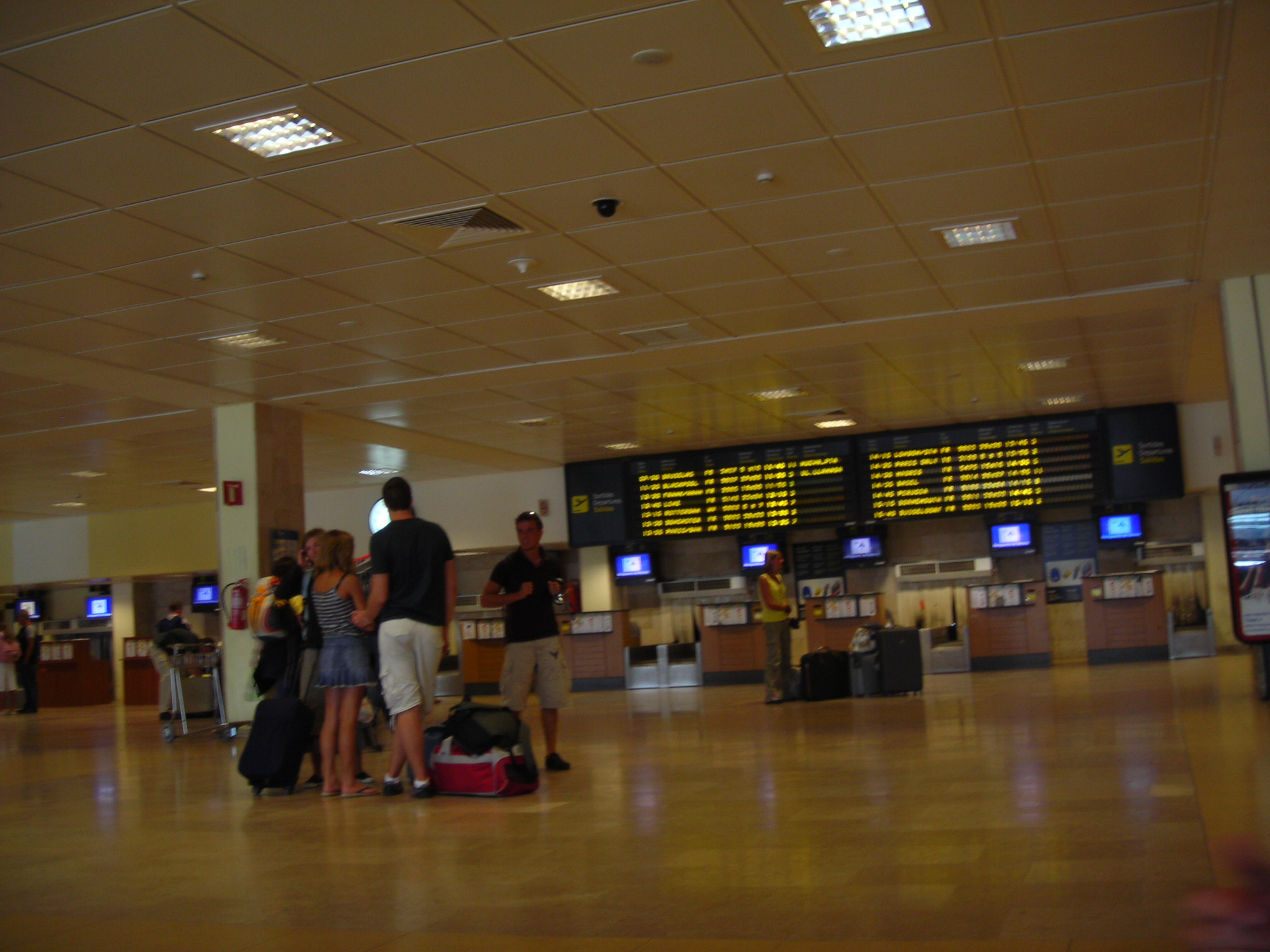
Da Barcellona una navetta ci porta all’eroporto di Girona, a pochi km da Barcellona.
Girona è una piccola città medioevale, si dice bellissima, con una cattedrale tra le più belle del Gotico Spagnolo, ed un piccolo museo di arte medioevale che conserva uno dei codici miniati più antichi e belli d’Europa.
Purtroppo l’orario non consente di visitare Girona, dunque dopo un’oretta dal nostro arrivo all’eroporto partiamo per Parigi
no images were found
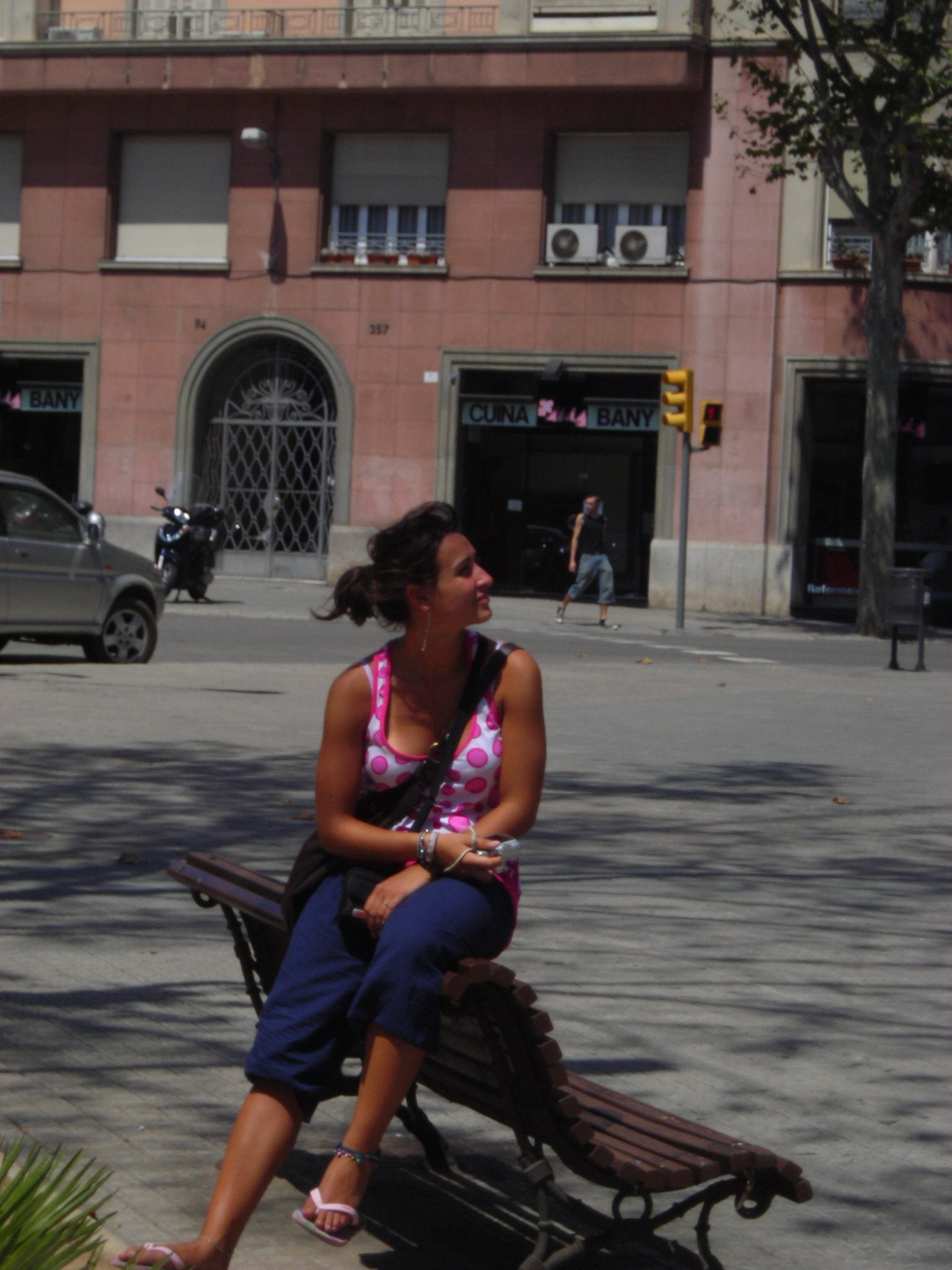
Il quartiere dell’Eixample fù il quartiere di Barcellona in cui i vari artisti/architetti poterono veramente sbizzarrirsi, sia modificando edifici già esistenti relativamente nuovi sia partendo “da zero” su terreni per i quali era stata appena accordata la licenza edilizia.
La corsa alla costruzione nell’Eixample, sviluppatasi dalla fine del XIX secolo fino agli anni ’20 del XX secolo, rappresentò uno dei grandi boom edilizi vissuti dalal città di Barcellona.
Avinguda Diagonal, nella porzione del grande viale compreso tra la fermata della metropolitana Diagonal e la Plaça Mossén Jacint Verdaguer offre edifici modernisti di una bellezza impressionante, maggiori e minori, il tutto come in un preludio alla Sagrada Familia, raggiungibile dalla Via de Provença.
no images were found